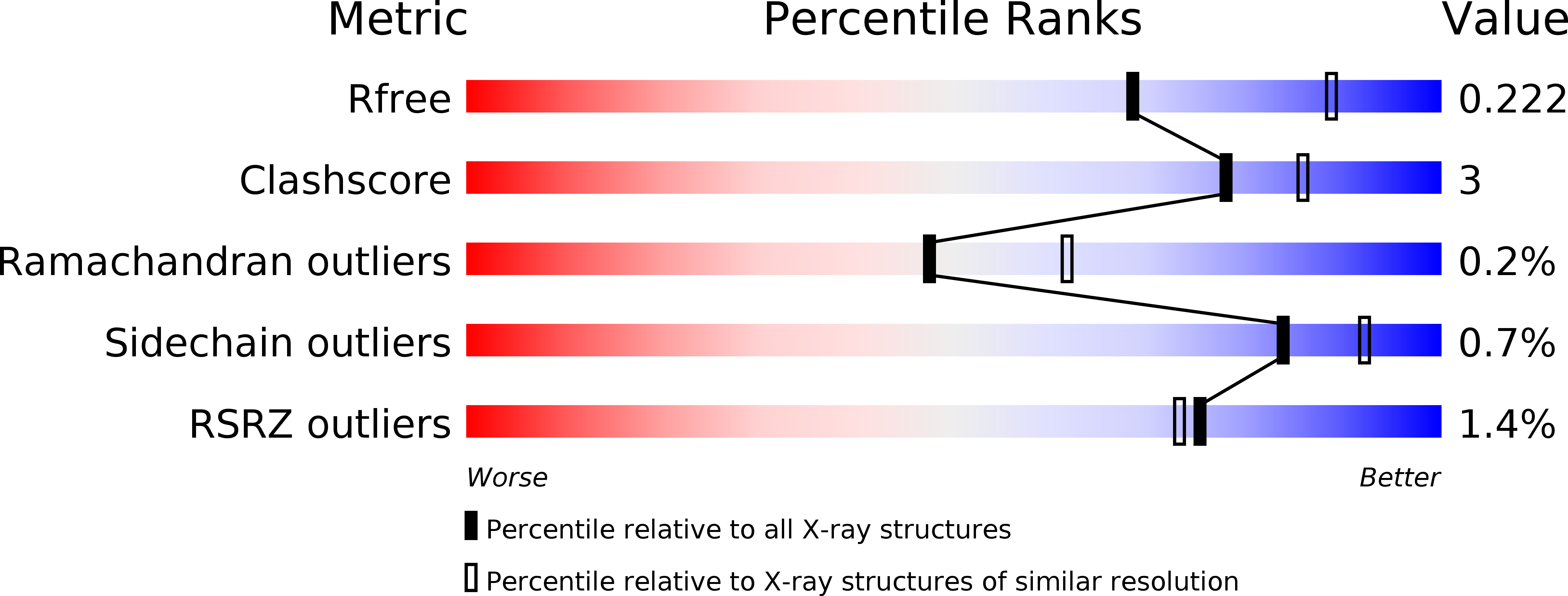
Deposition Date
2012-01-12
Release Date
2012-05-02
Last Version Date
2023-12-20
Entry Detail
PDB ID:
4AEX
Keywords:
Title:
HCV-JFH1 NS5B POLYMERASE STRUCTURE AT 2.4 ANGSTROM in a primitive orthorhombic space group
Biological Source:
Source Organism:
HEPATITIS C VIRUS (Taxon ID: 11103)
Host Organism:
Method Details:
Experimental Method:
Resolution:
2.41 Å
R-Value Free:
0.22
R-Value Work:
0.18
R-Value Observed:
0.18
Space Group:
P 21 21 21


